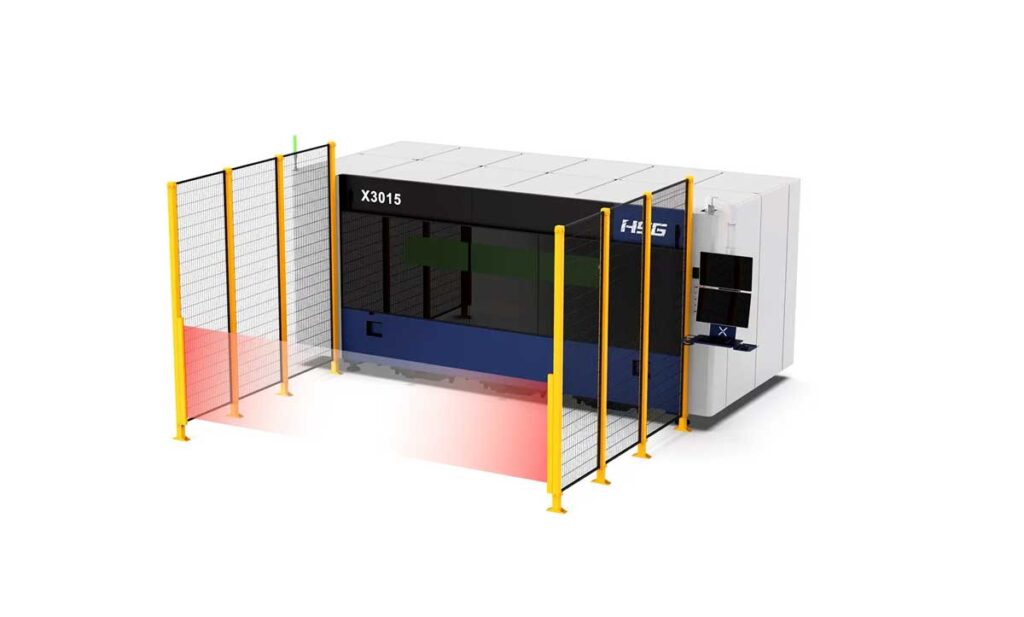As a service specialist at Mac-Tech, I’ve spent countless hours working with Mitsubishi fiber laser cutting machines. Over the years, I’ve gathered a wealth of knowledge and experience that I believe can help others in maintaining these powerful machines. Whether you’re a seasoned operator or a newcomer to the world of laser cutting, I’m here to share some insights and tips that can make a real difference in your machine’s performance and longevity.
Personal Insights on Mitsubishi Fiber Laser Care
Mitsubishi fiber lasers are renowned for their precision and efficiency, but like any sophisticated machine, they require regular care and attention to perform at their best. One of the most important aspects of maintaining these machines is understanding the importance of routine maintenance. Regular inspections can prevent minor issues from turning into major problems, saving both time and money in the long run. I’ve seen machines that were neglected and ended up requiring costly repairs, which could have been easily avoided with a simple maintenance schedule.
Another key aspect of caring for your Mitsubishi fiber laser is to be mindful of the operating environment. Dust and debris can accumulate in and around the machine, affecting its performance. Keeping the machine and its surroundings clean is crucial. I’ve found that implementing a regular cleaning routine not only helps in maintaining the machine’s efficiency but also extends its lifespan. A clean machine is a happy machine, and it will reward you with consistent and reliable performance.
Tips and Tricks for Maintaining Your Laser Cutter
When it comes to maintaining your Mitsubishi fiber laser cutter, consistency is key. Establishing a regular maintenance routine is essential. Start by creating a checklist of daily, weekly, and monthly tasks. For instance, daily tasks might include checking the coolant levels and inspecting the optics for any signs of wear or damage. Weekly tasks could involve cleaning the filters and checking the alignment of the laser beam. Monthly tasks might include a more thorough inspection of the machine’s components and recalibrating as necessary.
Another tip is to keep detailed records of all maintenance activities. Documenting what was done and when can help you track the machine’s performance over time and identify any recurring issues. This record-keeping is invaluable if you ever need to troubleshoot a problem or if you decide to sell or upgrade your machine in the future. Plus, it can also serve as a reminder for when the next maintenance tasks are due, ensuring nothing gets overlooked.






